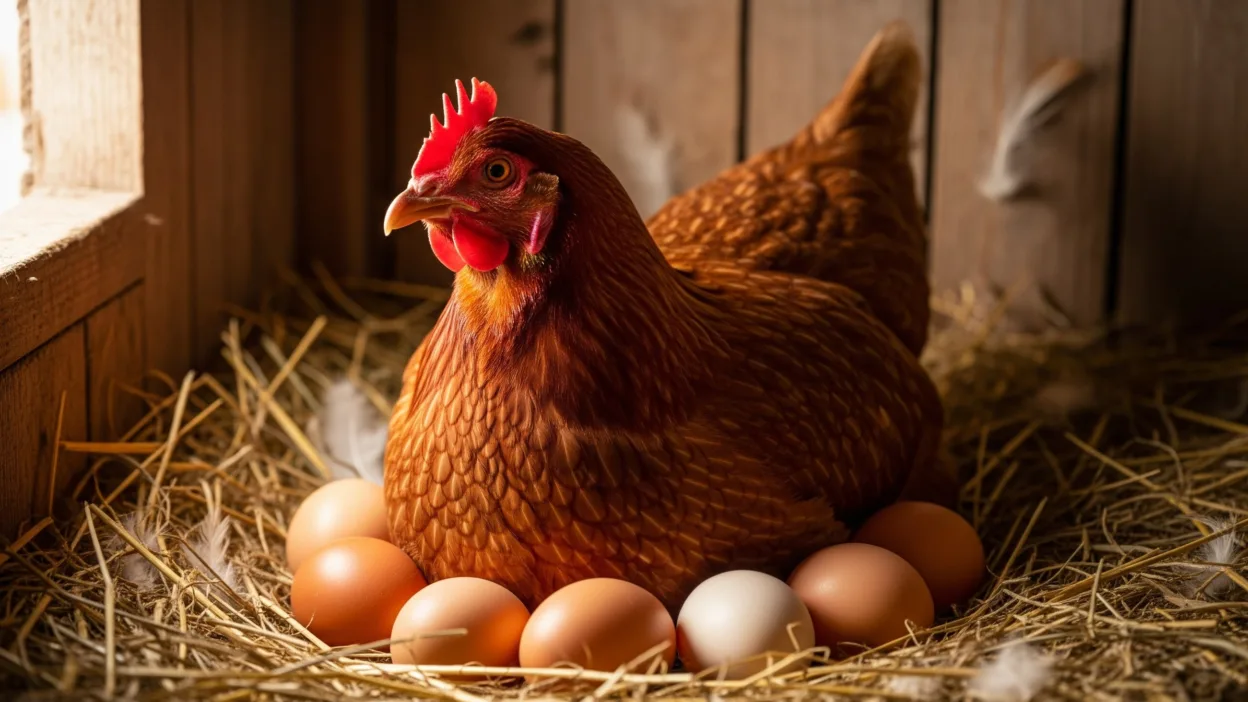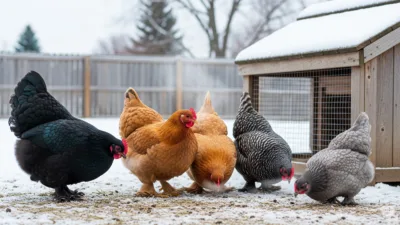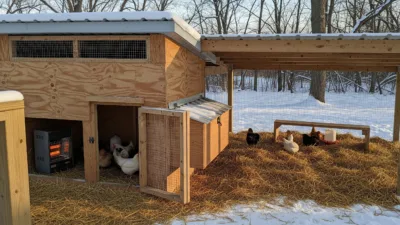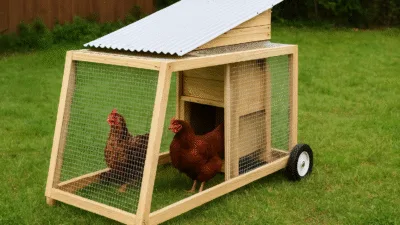When it comes to raising healthy, productive hens, protein is key. While your flock should get most of their nutrition from a balanced layer feed, adding occasional high-protein treats can improve egg production, support molting, and keep your chickens energetic and resilient.
In this guide, we’ll break down the best high-protein treats for backyard chickens, how often to feed them, and what to avoid.
Why Protein Matters for Chickens
Protein plays a vital role in:
- Egg formation and shell quality
- Feather regrowth during molting
- Muscle and tissue repair
- Immune system support
Laying hens typically need 16–18% protein in their diet. During times of stress or molt, this requirement can increase to 20% or more.
While commercial feeds provide a solid base, supplementing with natural, high-protein treats gives your flock a valuable boost, especially if they’re free-ranging, laying heavily, or recovering from molting.
Best High-Protein Treats for Backyard Chickens
Here are the most popular and nutritious options to mix into your flock’s routine:
1. Black Soldier Fly Larvae
- Protein content: ~35–40%
- A clean, sustainable, and calcium-rich treat that supports shell strength and feather growth.
2. Dried Mealworms
- Protein content: ~50%
- Chickens go crazy for these. Use them sparingly as they’re dense and expensive, but perfect for training or rewarding your flock.
3. Cooked Eggs (Scrambled or Hard-Boiled)
- Protein content: ~12–14%
- It might seem odd, but cooked eggs (without seasoning) are highly digestible and packed with protein. Make sure they’re chopped well and don’t resemble raw eggs to avoid encouraging egg-eating.
4. Fish or Seafood Scraps
- Protein content: 20–25%
- Leftover cooked fish or canned tuna (in water, not oil or salt) offers a great protein boost. Avoid anything spoiled or raw.
5. Pumpkin Seeds
- Protein content: ~30%
- Also contains natural deworming properties. Serve raw and unsalted.
6. Sunflower Seeds (Black Oil Sunflower Seeds)
- Protein content: ~26%
- High in fat and protein, ideal during cold months. Feed in moderation to avoid weight gain.
7. Crickets or Grasshoppers
- Protein content: ~20–25%
- A natural, foraged snack if your chickens free-range. You can also buy dried crickets for convenience.
8. Lentils and Legumes (Cooked Only)
- Protein content: 18–25%
- Lentils, split peas, and beans offer plant-based protein when cooked properly. Never feed raw beans because they can be toxic.
9. Yogurt (Plain, Unsweetened)
- Protein content: 4–5%
- A probiotic-rich treat. Serve in small amounts as a topper or frozen summer snack.
When to Feed High-Protein Treats
Use protein treats as supplements, not replacements for layer feed.
- Molt: Add more protein-rich treats 3–5 times per week to support feather regrowth
- Winter: Offer 2–3 times per week to help maintain energy in cold weather
- Regular Routine: Limit treats to 10% of the total diet, no more than 3 times per week
Treats to Avoid
Not all protein sources are safe. Avoid These:
- Raw or undercooked beans: Contain harmful lectins
- Salty meats or processed foods: Can harm liver and kidney function
- Moldy leftovers: Mold is toxic to chickens
- Dog or cat food: High in protein but contains additives unsafe for poultry
Quick Homemade High-Protein Snack Mix
Try this easy mix for an occasional protein-packed treat:
Ingredients:
- 1/2 cup dried mealworms
- 1/4 cup pumpkin seeds
- 1/4 cup sunflower seeds
- 2 tbsp rolled oats
- Optional: chopped cooked egg or lentils
Instructions:
Mix everything and scatter in a foraging tray or use it in a boredom-buster feeder.
Final Thoughts
Feeding high-protein treats to backyard chickens supports healthy laying, faster molting, and a stronger immune system. Just remember to offer them in moderation and always prioritize complete layer feed as the main diet.
With the right balance, these protein-rich extras can help your hens stay productive, vibrant, and resilient all year round.



